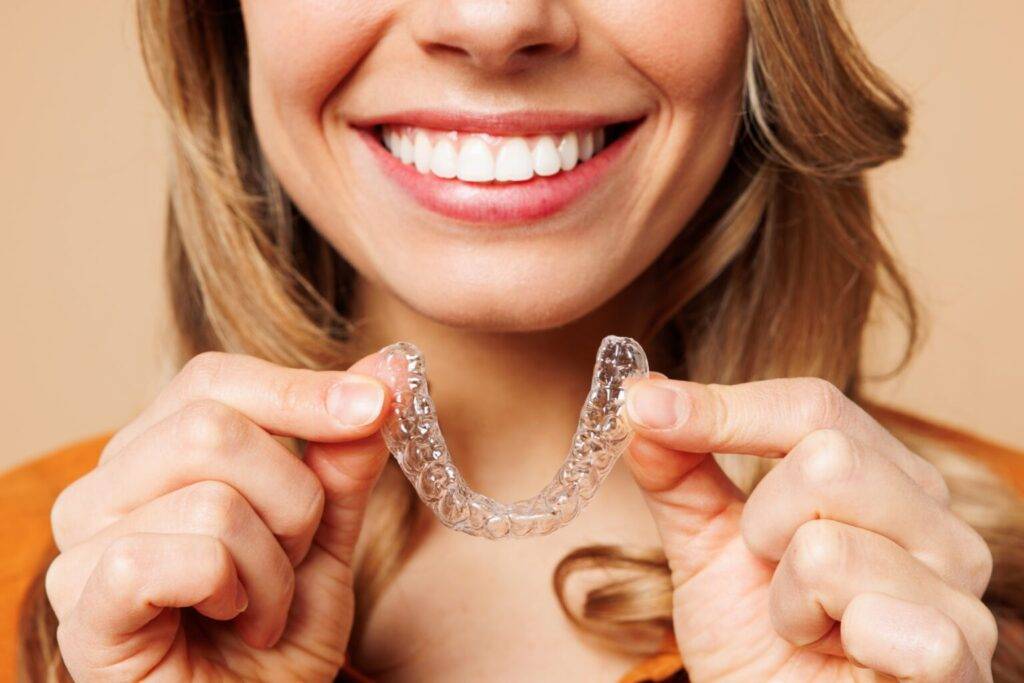As orthodontic treatment continues to evolve, the debate between clear aligners and traditional braces is no longer about which is better—it’s about which is more appropriate for the individual patient.
For clinicians, understanding the strengths and limitations of each modality is essential to providing effective, customized care. While patient preference plays a growing role in treatment decisions, clinical judgment must remain the foundation.
Clear aligners have gained tremendous popularity thanks to their aesthetic appeal, convenience, and comfort. They are an excellent choice for many patients, particularly those with mild to moderate spacing or crowding, and Class I malocclusions.
The discreet appearance of aligners, along with the ability to remove them for eating and hygiene, makes them especially attractive to adult patients and image-conscious teens.
However, beyond these lifestyle benefits lies a powerful clinical tool—especially when paired with detailed digital planning and compliance. Clear aligners can handle a surprising range of tooth movements, including rotations, extrusions, and intrusions.
With the use of precision attachments, interproximal reduction, and elastics, aligners can effectively manage more complex cases than ever before.
That said, success hinges on one crucial factor: patient compliance. Without consistent wear—typically 20 to 22 hours a day—aligner treatment will not progress as planned.
On the other hand, traditional braces remain a trusted and versatile option for comprehensive orthodontic correction. Braces offer the advantage of full-time, passive force delivery, regardless of patient behavior.
They are often the better choice for cases involving severe rotations, significant bite correction, impacted teeth, or complex skeletal discrepancies.
The ability to move teeth three-dimensionally using archwires, springs, and auxiliaries gives braces unmatched mechanical control in challenging cases.
Braces may also be preferable for younger patients who may not be as diligent about wearing aligners. Fixed appliances eliminate the variable of patient compliance and allow the clinician to guide treatment more predictably.
Furthermore, certain movements—such as molar uprighting, large root torque, or bodily movement of posterior teeth—can often be achieved more efficiently with braces.
That said, the decision is not always binary. Hybrid treatment plans that combine aligners with fixed appliances, temporary anchorage devices, or elastics can offer the best of both worlds.
For example, braces may be used initially to gain control over difficult movements, with aligners completing the case for finishing and detailing.
Similarly, aligners can be used in conjunction with braces in specific arch segments or treatment phases, tailored to the unique needs of the case.
Ultimately, the choice between clear aligners and braces should be made after a thorough clinical evaluation, detailed diagnostics, and a discussion of the patient’s goals, lifestyle, and expectations.
A treatment plan is not simply about aesthetics or convenience; it is about delivering long-term function, health, and stability. By taking a personalized approach—grounded in both evidence and experience—clinicians can select the modality that best aligns with each patient’s individual case and commitment.
In today’s orthodontic landscape, both clear aligners and braces have their place. The art of modern treatment planning lies in knowing when to choose one over the other—and when to use them together. For the skilled clinician, it’s not about choosing sides. It’s about choosing wisely.





